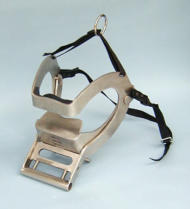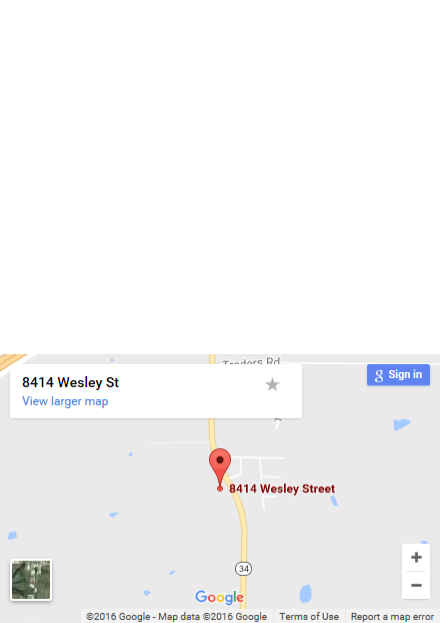


What is equine dentistry?
Comprehensive performance dentistry includes regular dental health maintenance and procedures to correct dental problems. Routine dental exams prevent problems in your horse's mouth Dental examinations should be performed every 6-12 months after the initial visit to correct dental problems before they threaten your horse's health. Dental care includes: • examination of the mouth for abnormal wear and malocclusion (abnormal contact of tooth surfaces), cracked or loose teeth, infection, and other dental irregularities • regular "floating"or equilibration to smooth the tooth surfaces o provides a balanced dentition that allows comfort in eating o eliminates sharp points in teeth that may cause oral pain • radiography (x-rays) if indicated • extraction of offending or diseased teeth • treatment for diseased and/or missing teeth • prescriptions of antibiotics or anti-inflammatory drugs as needed • permanent dental chart o shows condition of horse's teeth o records work done o includes recommendations for future needs A full mouth speculum holds the horse's mouth open during examination and treatment. A head restraint keeps the horse's head steady. Power equipment makes floating and other corrective dental procedures faster and easier. Intra-oral cameras are used for diagnostic photography and radiography. Dr. Kimberlin sedates the horse during dental examination and treatment to reduce stress and allow safe use (for horse and dentist!) of power instruments for correction of abnormalities.
© Copyright © 2002- 2016 All rights reserved


Northeast Texas Veterinary Dental Center
8414 Wesley Street Greenville, TX 75402 903-454-1563 info@crossroadsvetclinic.com




© Copyright © 2002- 2016 All rights reserved This page designed and
maintained by Word Works
What is equine
dentistry?
Comprehensive performance dentistry includes regular dental health maintenance and procedures to correct dental problems. Routine dental exams prevent problems in your horse's mouth Dental examinations should be performed every 6-12 months after the initial visit to correct dental problems before they threaten your horse's health. Dental care includes: • examination of the mouth for abnormal wear and malocclusion (abnormal contact of tooth surfaces), cracked or loose teeth, infection, and other dental irregularities • regular "floating"or equilibration to smooth the tooth surfaces o provides a balanced dentition that allows comfort in eating o eliminates sharp points in teeth that may cause oral pain • radiography (x-rays) if indicated • extraction of offending or diseased teeth • treatment for diseased and/or missing teeth • prescriptions of antibiotics or anti- inflammatory drugs as needed • permanent dental chart o shows condition of horse's teeth o records work done o includes recommendations for future needs A full mouth speculum holds the horse's mouth open during examination and treatment. A head restraint keeps the horse's head steady. Power equipment makes floating and other corrective dental procedures faster and easier. Intra-oral cameras are used for diagnostic photography and radiography. Dr. Kimberlin sedates the horse during dental examination and treatment to reduce stress and allow safe use (for horse and dentist!) of power instruments for correction of abnormalities.

Northeast Texas Veterinary
Dental Center
8414 Wesley Street Greenville, TX 75402 903.454-1563 info@crossroadsvetclinic.com Appointments: 9 a.m.– 5 p.m. Monday-Friday Open for animal drop-off at 7:30 a.m.















